From Sketch to Story: Comic Book Drawing Ideas and Tips
Looking for comic book drawing ideas? Learn to design memorable characters and engaging stories with our straightforward tips and helpful tools.
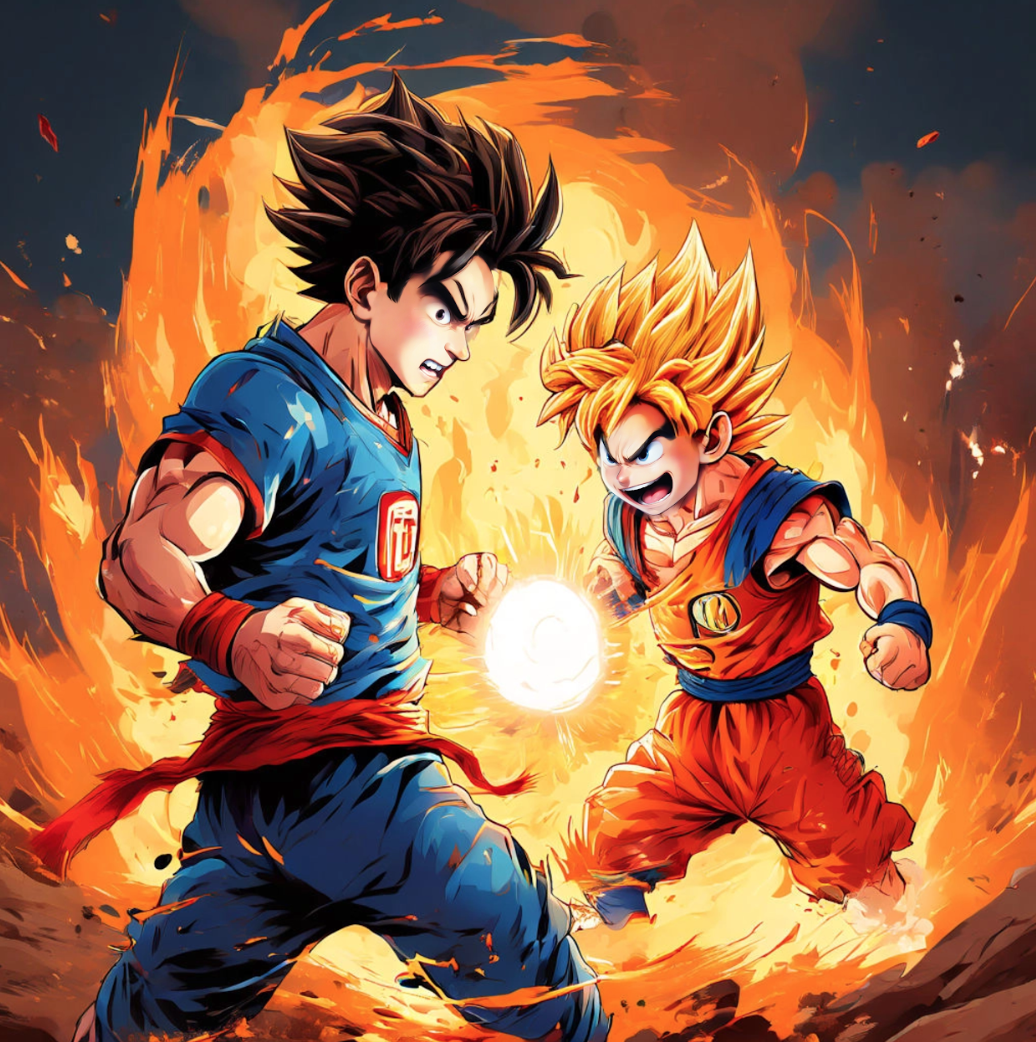
Have you ever dreamt of seeing your own characters come alive in the vibrant panels of a comic book? The world of comic book creation might seem daunting at first, but the journey from blank page to captivating narrative begins with a spark – an idea.
This comprehensive guide will be your map, navigating you through a universe of comic book drawing ideas. We'll explore different genres, delve into character creation, unlock the secrets of action and storytelling, and equip you with valuable techniques to refine your craft.
But before we embark on this adventure, let's not forget the power of a helping hand. Platforms like Dashtoon offer a suite of user-friendly tools to streamline your creative process, from pre-built templates for effortless panel layouts to AI-powered comic generation that saves your precious time.
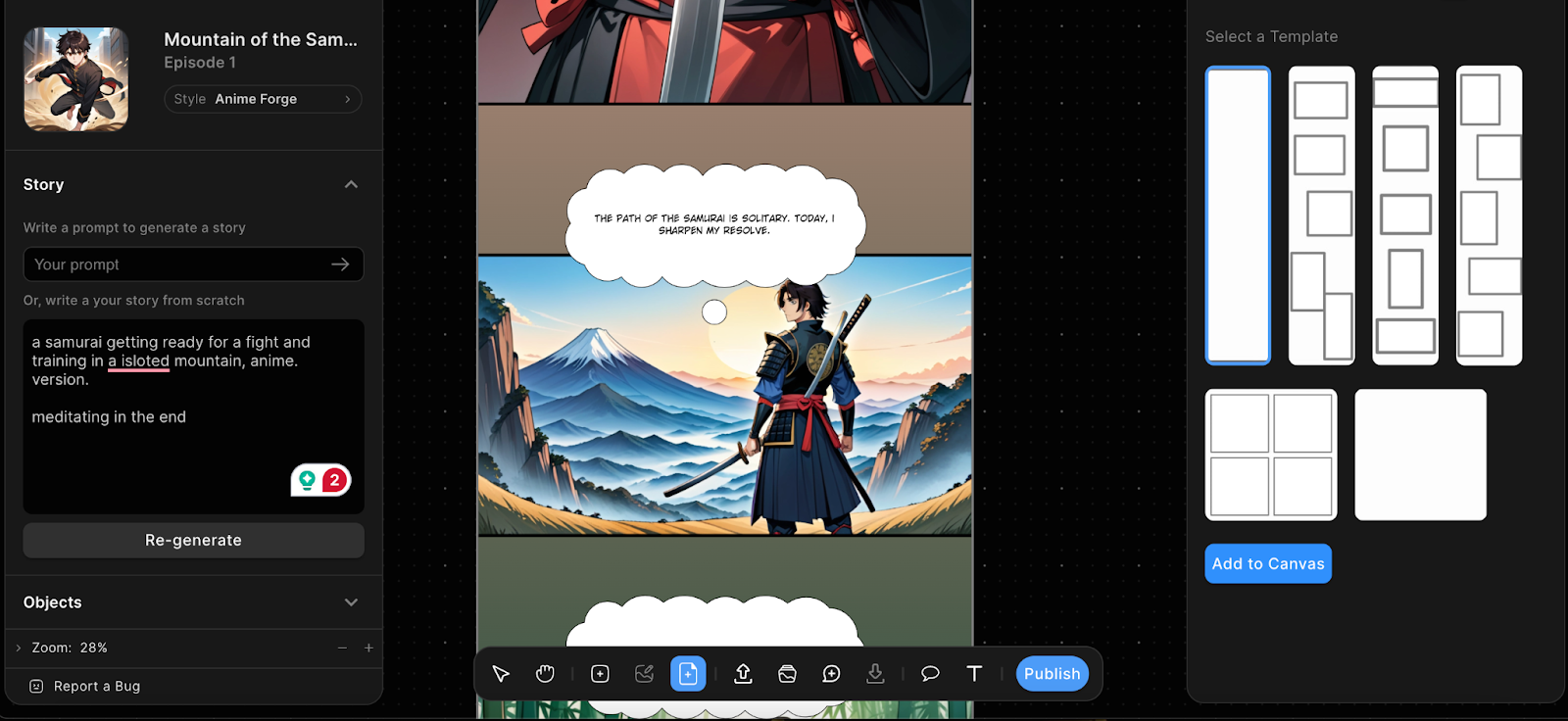
(Dashtoon’s AI-powered comic generator)
So, grab your pencil (or tablet!) or use AI generation platforms, unleash your creativity, and get ready to transform your comic book drawing ideas into reality!
Sparking Inspiration
The world of comics is brimming with diverse genres, each offering a unique canvas for your imagination. Whether you're drawn to the high-octane adventures of superheroes, the fantastical worlds of manga, or the quirky humor of everyday life, there's a genre for everyone.
Genre-Specific Inspiration
Let's delve into some popular comic book genres, igniting your creative spark with specific ideas for characters, settings, and stories:
This is just a taste of the possibilities. Remember, the beauty of comic books lies in their boundless creativity. Don't be afraid to combine elements from different genres or invent your own unique world!
Got your setting? Great! Let's put some unforgettable faces in that world
Crafting Compelling Characters
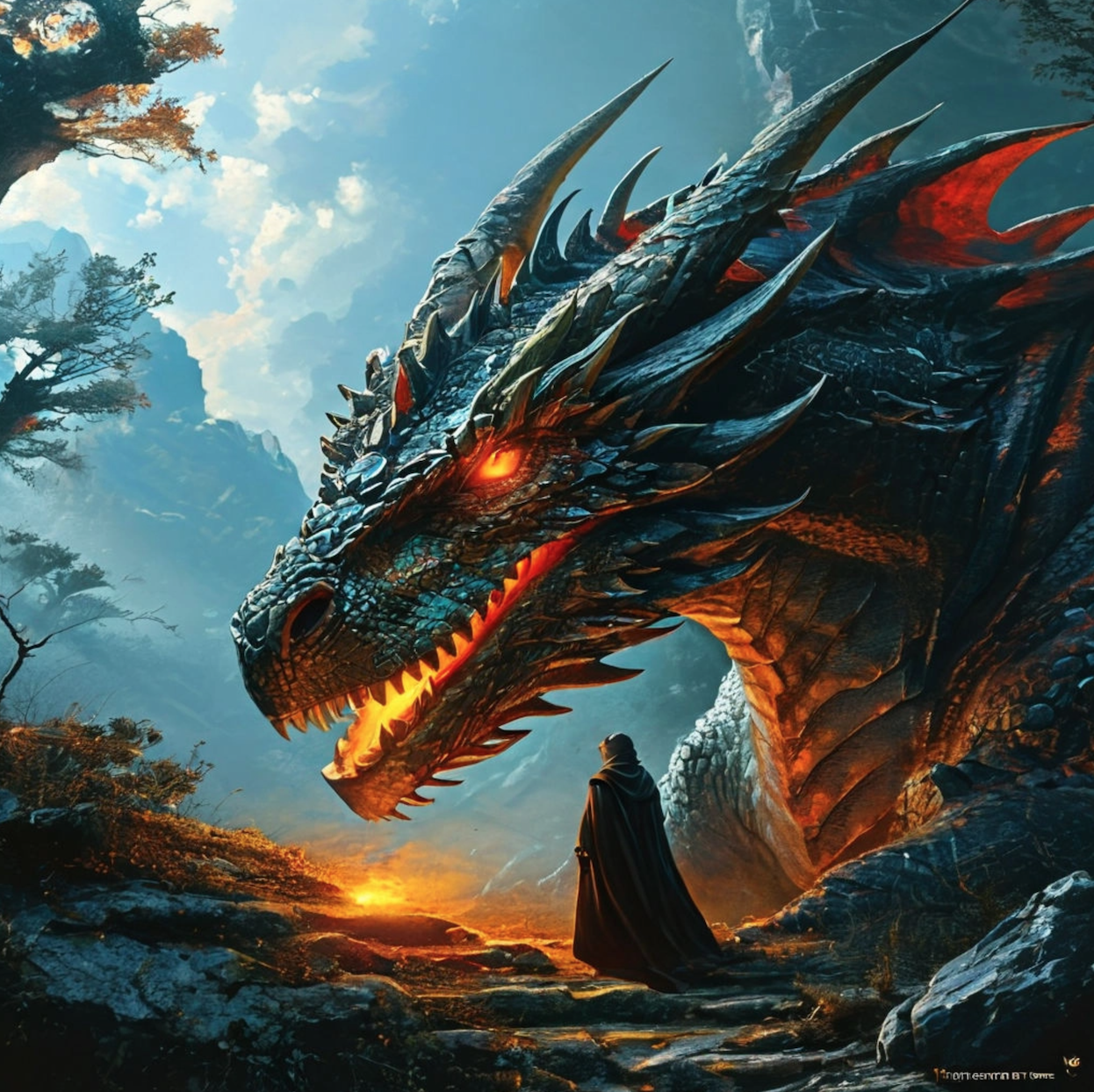
Beyond captivating settings and thrilling narratives, the true heart of comic book drawing ideas lies in its characters. They are the emotional anchors, driving the story forward and forging connections with readers. So, how do you breathe life into these heroes, villains, and everything in between?
Here are some prompts and tips to guide you through the process of creating compelling characters:
1. Defining the Essence
Every character starts with a foundation. Consider the role they play in your story. Are they the valiant hero, the cunning villain, or the relatable everyman?
Archetypes:
Personality Traits:
- Strengths: What makes your character unique and capable?
- Weaknesses: What flaws and vulnerabilities do they possess?
- Motivations: What drives them forward? What desires or fears fuel their actions?
- Backstory: What events shaped them into who they are today?
2. Visualizing the Hero
Once you've established your character's core, it's time to bring them to life visually. Here are some elements to consider:
- Physical Appearance: Consider body type, facial features, clothing style, and any distinguishing marks. These elements can visually communicate character traits and personality.
- Costume Design: For superheroes, villains, or characters in specific settings, costumes can be a powerful storytelling tool.
- Expressions and Body Language: How your character carries themselves and expresses emotions through gestures and facial expressions plays a crucial role in conveying their personality.
Here are some resources to inspire your character design:
- Online Character Generators: Explore online tools that allow you to mix and match features to create unique character designs.
- Comic Book Reference Books: Utilize resources dedicated to comic book art, featuring a wealth of character design examples.
- Life Observation: Draw inspiration from the people and faces you encounter in your everyday life.
3. Add some dimension
Even superheroes need a relatable side. Don't be afraid to create characters with everyday struggles, anxieties, and quirks. This human element can make them more endearing and connect with readers on a deeper level.
4. Character Prompts
Here are some prompts to spark your creativity and get you started with character design:
|
Category |
Prompt |
|---|---|
|
Clashing Backgrounds |
|
|
Unique Flaws |
|
|
Hidden Agendas |
|
|
Supernatural Twists |
|
|
Unexpected Alliances |
|
|
Genre Benders |
|
By following these tips and utilizing these prompts, you can develop a diverse cast of characters that will propel your comic book narratives forward.
Characters in place? Time to get them moving Co.
Mastering Movement
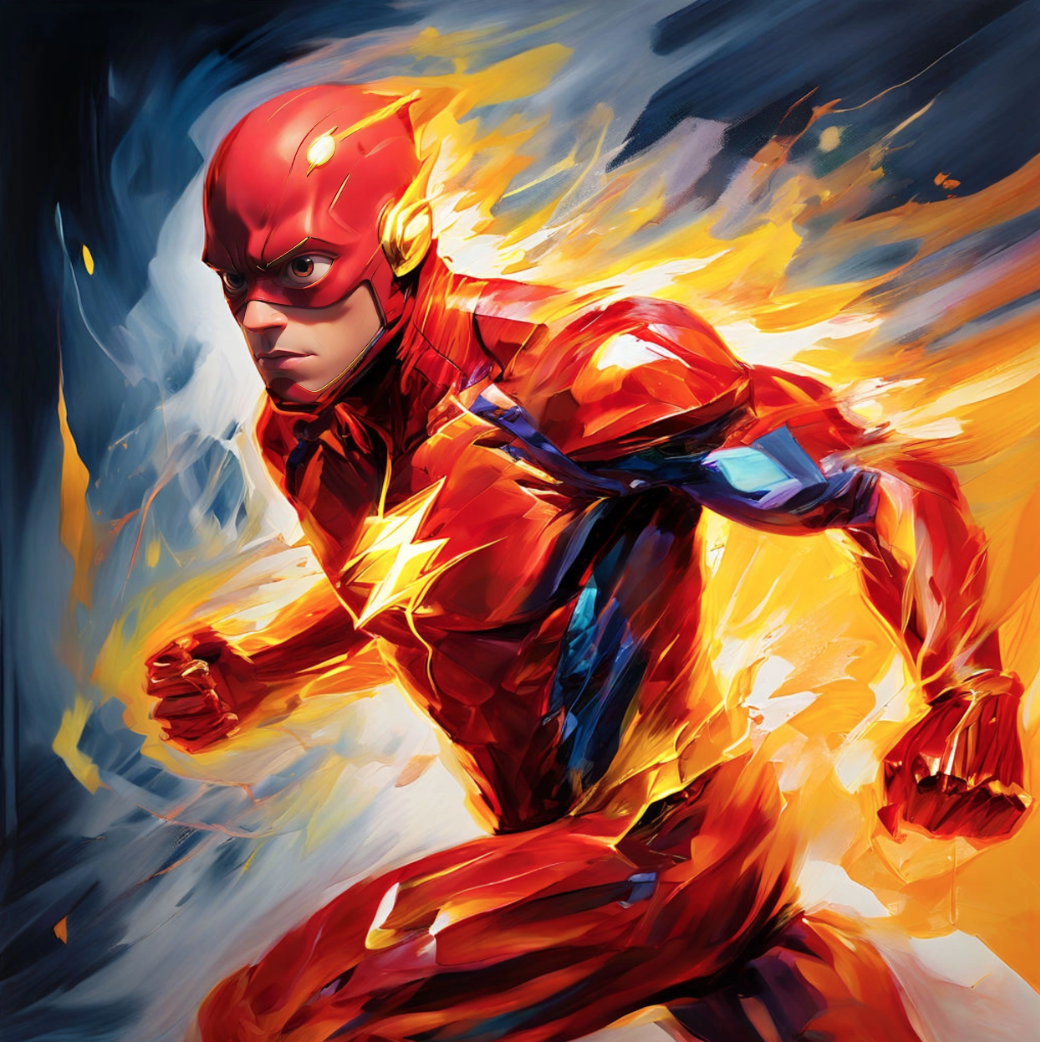
The world of comics is filled with thrilling action sequences, dynamic poses, and energetic panels. These elements not only visually captivate readers but also convey the emotions and urgency of the story.
1. Capturing Movement
- Understanding Anatomy: While comic book art often employs a stylized approach, having a basic understanding of human anatomy allows you to create believable and dynamic poses.
- Action Lines: Utilize action lines to depict the direction and force of movement within your panels.
- Perspective: Experiment with different perspectives to create dramatic and impactful action sequences. Think low angles for powerful heroes and high angles for intimidating villains.
2. Conveying Emotion Through Linework and Shading
The way you draw lines and apply shading can significantly impact the emotional tone of your comic book art.
- Fast, energetic lines are often used to depict speed and urgency.
- Thicker, heavier lines can convey power and force.
- Subtle shading can create a sense of mystery or suspense.
- Dramatic contrast in light and shadow can heighten tension and drama.
3. Setting the Stage: Panel Composition for Storytelling
The way you arrange panels on a page significantly impacts how your story unfolds.
- Panel Size and Layout: Utilize a variety of panel sizes to create a sense of rhythm and pace. Large panels focus on key moments, while smaller panels can depict quick transitions or background details.
- Eye Flow: Guide the reader's eye through your panels using visual cues like character placement and action lines.
Even in action-packed sequences, clarity is key. Don't sacrifice storytelling for visual spectacle.
Alright, you've got the action down; now, let's add some polish and finesse.
Refining Your Craft: Techniques for Detailed Illustration
Now that you have a universe of ideas and the skills to depict action and movement, let's delve into some techniques to refine your comic book illustrations.
1. Beyond Lines: Advanced Inking and Shading Techniques
While expressive lines form the foundation of comic book art, advanced inking, and shading techniques can elevate your illustrations to the next level.
- Inking Techniques: Mastering techniques like crosshatching, stippling, and hatching allows you to create texture, depth, and visual interest.
- Platforms like Dashtoon can offer AI-powered generation to streamline this process, freeing you to focus on creative decisions.
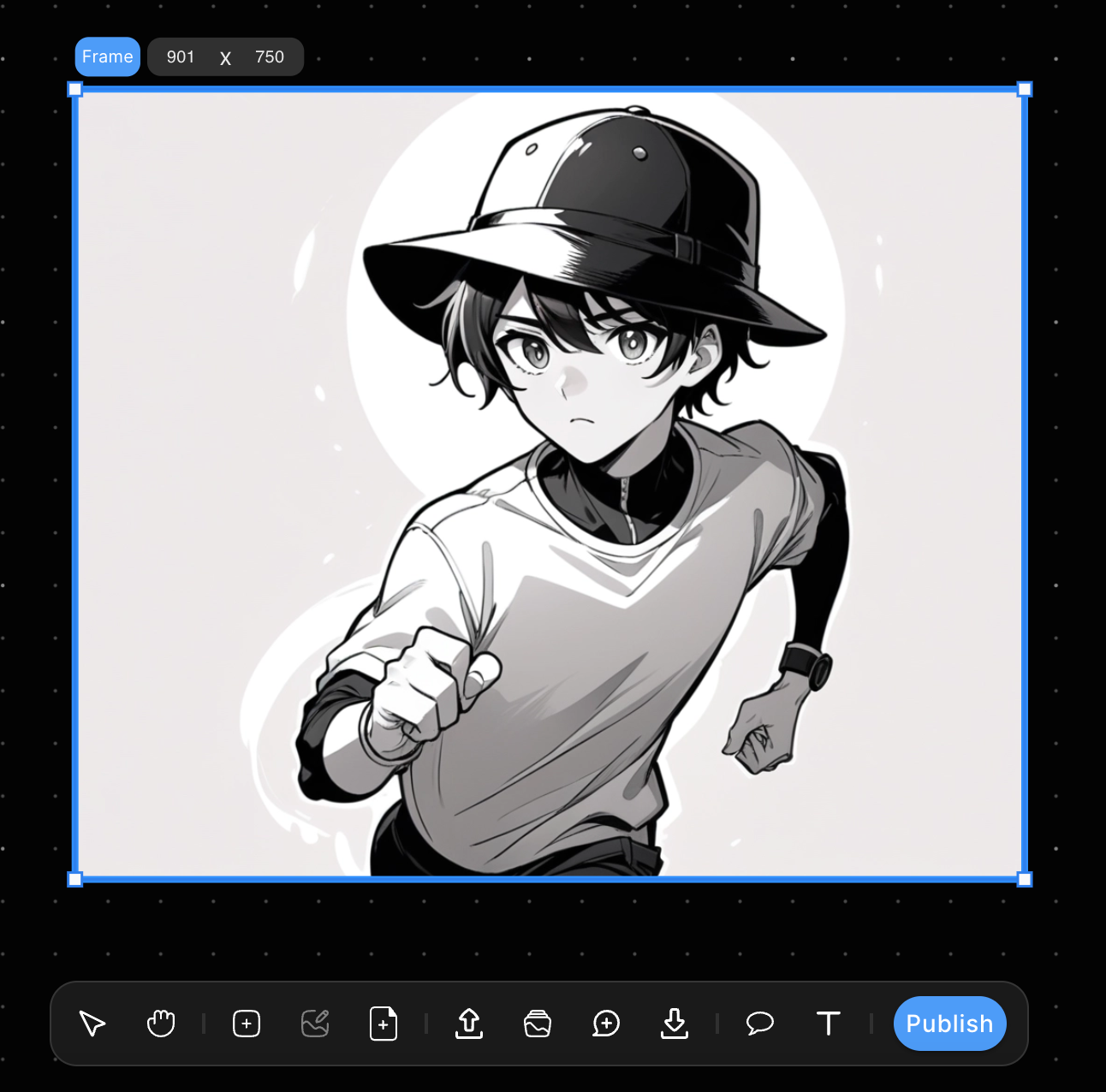
(Dastoon’s AI Image Generation: Hatching style art)
- Shading for Depth and Form: Employ shading techniques like gradient shading and cel-shading to add depth and dimension to your characters and backgrounds.
2. Mastering Color Theory
Color plays a crucial role in comic book art, setting the mood, highlighting specific elements, and creating a visual hierarchy.
- Understanding the Color Wheel: The color wheel helps you understand color relationships and create harmonious color palettes for your comic book illustrations.
- Limited Palettes: Consider using limited color palettes for a striking graphic style or to evoke specific moods.
- Digital Tools for Coloring: Explore digital coloring tools to create vibrant and impactful comic book pages.
3. Pressure Control and Line Quality
The amount of pressure you apply to your pen or tablet significantly impacts the quality and expressiveness of your lines.
- Experiment with Pressure: Experiment with applying light or heavy pressure to create thin, wispy lines for delicate details or thick, bold lines for emphasis.
- Digital Tools for Line Quality: Digital tools offer greater control over line weight and texture, allowing you to refine your art style.
4. Realistic Figures: Curves and Lines
While comic book art often employs stylized figures, understanding how to draw realistic anatomy can be beneficial for creating believable and impactful characters.
- Gesture Drawing: Practice gesture drawing to capture the dynamism of the human form in motion.
- Understanding Musculature: Having a basic understanding of human musculature helps you depict characters with realistic proportions and form.
- Anatomy Resources: Utilize anatomy reference books or online resources for guidance. (A few guides are shared below)
Don't be afraid to experiment with different techniques and styles to find what works best for you and your comic book creation journey.
With your toolkit expanding, let's talk about finding that unique vibe that screams 'you'.
Exploring Your Artistic Voice
The beauty of comic book art lies in its rich tapestry of styles. From the bold lines of superhero comics to the delicate details of manga, each style offers a unique way to visually translate your story.
1. Adapting Existing Styles
For comic book drawing ideas to flourish, there's no shame in taking inspiration from established styles. Here's how you can adapt existing styles to your own creative vision:
- Analyze Existing Styles: Deconstruct your favorite comic book styles by identifying key elements like linework, color palettes, and panel composition.
- Incorporate Elements: Once you understand the core components of a style, experiment by incorporating specific elements into your own artwork.
- Maintain Your Voice: While drawing inspiration, don't lose sight of your own artistic voice. Let your personality shine through and gradually develop a style that's uniquely yours.
2. Exploring Different Genres and Styles
Here's a glimpse into some popular comic book styles to spark your creative exploration:
- Superhero Comics: Defined by bold lines, dynamic poses, and vibrant color palettes.
- Manga: Characterized by expressive lines, detailed backgrounds, and a focus on character emotions.
- Indie Comics: Often explore a wide range of artistic styles, emphasizing storytelling and personal expression.
- Cartoon Style: Employs whimsical characters, simplified lines, and bright colors for a lighthearted tone.
- Graphic Design Influences: Consider incorporating graphic design trends into your comic book art for a unique and contemporary aesthetic.
3. Experimenting with Character Design
Character design is a fantastic playground for exploring artistic styles. Consider these approaches:
- Chibi Style: Chibi characters are adorable chibi versions of your main characters, often used for comedic effect or slice-of-life stories.
- Caricatures: Exaggerate your characters' features to create a distinctive and humorous style.
- Silhouettes: Play with silhouettes to create a minimalist and visually striking aesthetic.
**There's no single "correct" style for comic books. Experiment, explore, and find what resonates with your artistic vision and storytelling goals.
Ready to take your characters from concept to captivating? Let's dive into the tools that'll get you there.
Also read: Creating Your Own Comic Book Design: Essential Steps for Layout and Theme
Resources to Sparkle Your Comic Book Drawing Ideas
Now that your creative engine is revving with inspiration, it's time to sharpen your tools and refine your comic book craft. Here's your arsenal packed with resources and practice techniques to help you transform those ideas into captivating stories.
The Ultimate Resource Kit for Comic Book Creators:
- Online Tutorials: The internet is a treasure trove of free and paid online tutorials dedicated to comic book art. Explore platforms like YouTube, Skillshare, and Udemy to find courses on everything from basic anatomy and character design to advanced inking and coloring techniques.You can also visit Dashtoon’s YouTube channel for AI comic book creation.
- Comic Book Reference Books: Invest in some essential comic book reference books. These can provide invaluable resources on anatomy, figure drawing, character design, panel composition, and storytelling techniques. Consider classics like "Making Comics" by Scott McCloud or "Drawing Words and Writing Pictures" by Jessica Abel and Matt Madden, both highly regarded in the comic education space.
- Anatomy Resources: Utilize online anatomy references specifically geared towards comic book artists, like "Figure Drawing for All It's Worth" by Andrew Loomis or "Dynamic Anatomy" by Burne Hogarth. These resources break down human anatomy in a way that translates well to the stylized figures of comics.
Also read: Crafting Your First Comic Book - A Beginner's Guide on How to Make a Comic Book
Conclusion: Unleashing Your Inner Comic Book Artist – The Journey Begins!
This guide has armed you with the tools, resources, and a treasure trove of comic book drawing ideas to ignite your creativity and empower you. Remember, the world of comic books is yours to explore, fueled by your creativity and passion.
Here are some additional parting words to keep you motivated:
- Embrace Your Voice: Don't be afraid to develop your unique artistic style.
- Find Your Tribe: Connect with the vibrant comic book community for support and inspiration.
- Never Stop Learning: Always seek new ways to improve your craft and expand your creative horizons.
- Most Importantly, Have Fun! Enjoy the process of creating your own comic book universe.
So, grab your artistic hat, unleash your imagination, and put these comic book drawing ideas into action! The world of comic books awaits your unique stories and captivating characters.
And if you're looking for a platform to streamline your workflow and bring your comic book visions to life, check out Dashtoon! With its user-friendly interface, pre-built templates, and AI-powered tools, Dashtoon can empower you to focus on your storytelling and unleash your artistic potential.
Happy creating, aspiring comic book artists!
